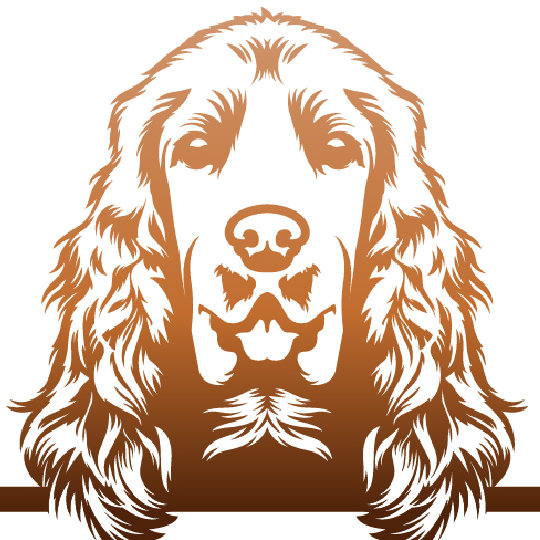Which is Right for Your Pooch?
There’s a certain magic in the air when you pick up the loose leash, and your furry friend’s tail starts wagging with excitement. Dog walking isn’t just an activity; it’s a bonding ritual, a health regimen, and a window into the world for our four-legged companions. But have you ever paused to consider the pace of your walks? As Mel, a seasoned professional dog walker based on the Gold Coast, often points out, the speed at which we walk our dogs is more significant than many might think. Lets look deeper into fast or slow dog walking.
Every dog, from the sprightly young terrier to the wise old Labrador, has its unique needs when it comes to walking pace. Whether you’re new to the world of canine companionship or a long-time dog parent, it’s essential to understand the importance of fast versus slow dog walking. This isn’t merely about burning off energy; it’s about catering to your dog’s physical health, mental stimulation, and overall well-being.
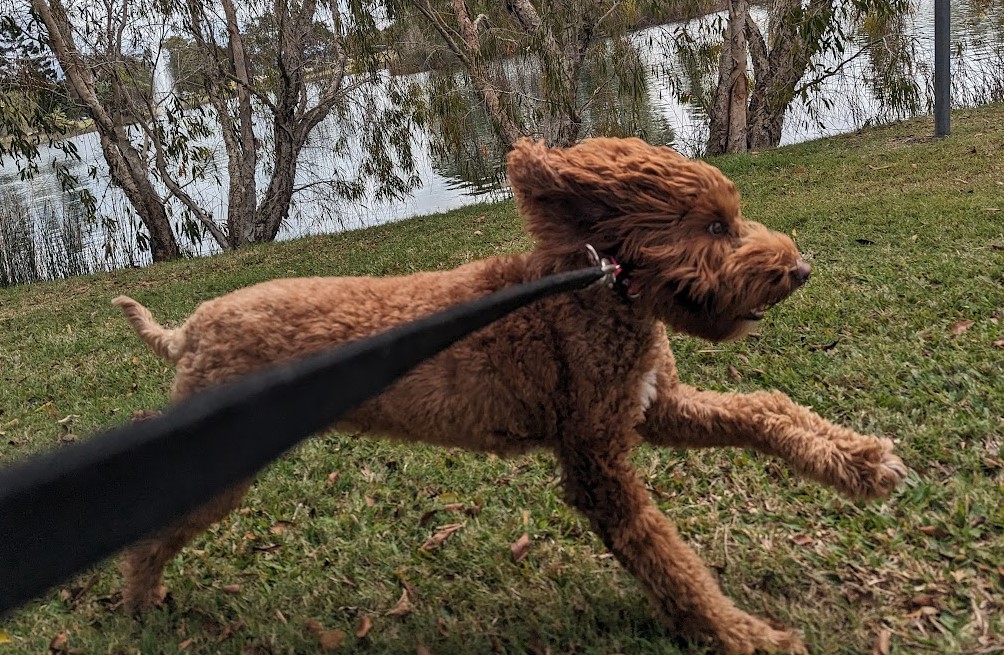
Join me as we dive deep into this topic, unraveling Mel’s expert advice on choosing the right walking pace and understanding the multifaceted world of dog walking on the Gold Coast. Whether you’re contemplating solo dog walks, slow strolls, or brisk adventures, there’s a wealth of knowledge to uncover ahead.
The Significance of Walking Speed
When you think about walking your dog, the first image that often comes to mind might be a happy pup trotting alongside its owner, tail wagging and tongue lolling. But beneath this simple image lies a myriad of considerations, and one of the most overlooked yet crucial aspects is the walking speed.
Why Walking Speed Matters
At the heart of it, walking speed isn’t just about how fast or slow your dog moves. It’s about the rhythm of their heart, the engagement of their senses, and the overall experience they derive from the walk. Mel, with years of expertise in dog walking on the Gold Coast, often emphasizes that a dog’s walking speed can impact its physical health, mental state, and even its behavior once back home.
Physical Implications
On a physiological level, the pace of the walk directly influences a dog’s cardiovascular system, muscles, and joint health. A brisk walk can act as a cardio workout, strengthening the heart, improving circulation, and helping maintain a healthy weight. On the other hand, slower walks offer dogs the opportunity to flex their muscles differently, often allowing them to stretch and move in a more relaxed manner.
Mental and Sensory Engagement
Beyond the physical, there’s a world of sensory experiences awaiting dogs during walks. Fast walks may provide an adrenaline rush, keeping high-energy dogs engaged and focused. They may return home mentally satiated, having spent their pent-up energy. Conversely, slow walks give dogs the time to explore their environment more thoroughly. The leisurely pace lets them sniff around, mark territories, and process the myriad of scents they encounter, offering profound mental stimulation.
Behavioral Impact
The pace of the walk can also shape a dog’s behavior post-walk. A dog that hasn’t walked briskly enough might still have pent-up energy, potentially leading to destructive behaviors or restlessness at home. On the flip side, forcing a dog to walk too quickly could become overly fatigued, leading to potential health issues or disinterest in future walks.
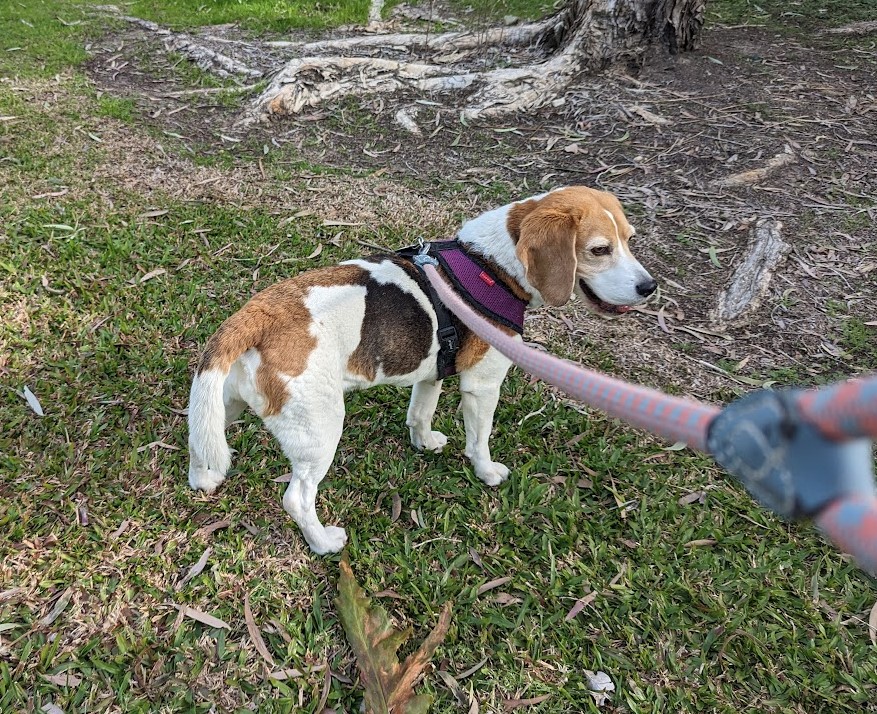
Slow Dog Walking: The Benefits and Ideal Candidates
In the fast-paced world we live in, there’s an undeniable allure in slowing things down, even when it comes to walking our beloved canines. Mel, through her extensive experience as a professional dog walker on the Gold Coast, has witnessed firsthand the myriad benefits that slow-paced walks offer to certain dogs. Let’s delve into the world of slow dog walking and understand why it might be the ideal choice for your four-legged friend.
Understanding Slow Dog Walking
At its core, slow dog walking is not merely about a reduced pace. It’s about allowing the dog to set the rhythm, granting them the freedom to explore, and taking the time to engage with their surroundings. Instead of being a mere physical activity, it becomes an enriching, sensory-laden experience.
The Benefits of Slow Dog Walking
- Enhanced Mental Stimulation: By giving dogs the time to sniff around and investigate, they get to indulge their natural curiosity. This act of sniffing is incredibly mentally stimulating for dogs, helping them understand their environment and decipher the ‘stories’ left behind by other animals.
- Relaxation and Stress Relief: A slow-paced walk can be therapeutic for dogs, much like a leisurely stroll in nature can calm human nerves. Without the pressure to keep up, dogs can relax, reducing anxiety and stress.
- Joint and Muscle Care: Especially for older dogs or those with joint problems, a gentler walk can prevent unnecessary strain on their bodies, allowing for a comfortable and pain-free experience.
- Strengthening the Bond: Slow walks often mean more time for interaction between the dog and the owner. This can enhance the bond, fostering trust and understanding.
Ideal Candidates for Slow Walking
While any dog can enjoy a slow-paced walk from time to time, certain dogs might benefit more from this pace:

- Older Dogs: Age often brings along reduced energy levels and potential dog’s health issues. Slow walks can be ideal for senior dogs, allowing them to enjoy the outdoors without overexerting themselves.
- Puppies: Still getting used to the outside world, puppies might find slow walks more manageable, giving them ample time to adjust to the sensations of a leash and the vastness of the outdoors.
- Dogs with Health Concerns: Whether recovering from surgery or dealing with chronic ailments, these dogs might find slow walks more conducive to their current physical state.
- Naturally Calm Breeds: Some breeds or individual dogs have a naturally calm disposition and might prefer leisurely strolls over brisk walks.
Understanding Your Dog’s Needs: A Guide by Mel
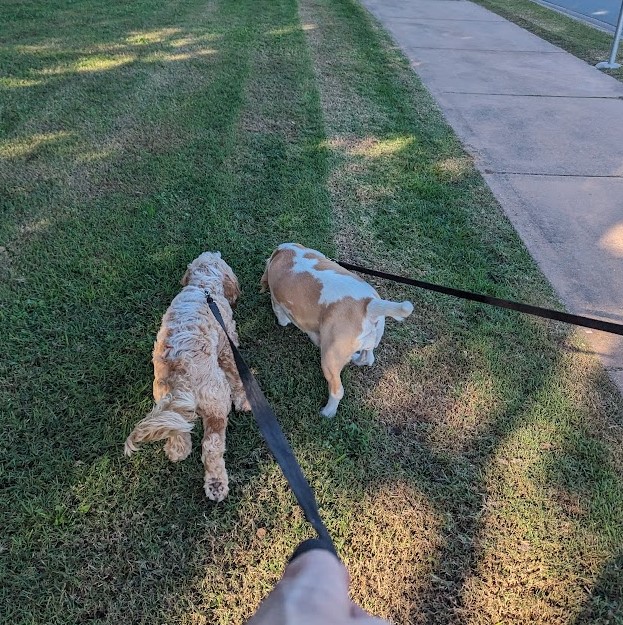
Every dog is an individual with its own personality, quirks, and preferences. As dog owners, it’s imperative to be attuned to these nuances to provide the best care possible. Mel, a seasoned dog walker on the Gold Coast, often likens her role to that of a canine interpreter. Using her insights and experiences, let’s delve into the art of understanding and addressing your dog’s unique needs.
Observation is Key
The first step in understanding your dog lies in keen observation. Here are some aspects to watch out for during walks:
- Body Language: A dog’s body language speaks volumes. A wagging tail, perky ears, or an excited bounce can indicate happiness and comfort. Conversely, a tucked tail, pinned back ears, or hesitant steps can signify discomfort or fear.
- Pace Preference: Does your dog naturally gravitate towards a brisk walk or a leisurely pace? Observing their natural speed can give insights into their preferred walking tempo.
- Interest Levels: Watch where and how often your dog stops to sniff or mark. Frequent stopping might indicate a preference for slower, more explorative walks.
- Energy After Walks: Is your dog still hyperactive after a brisk walk, or do they seem overly fatigued after a slow one? Their post-walk behavior can offer clues about whether the walk met their energy expenditure needs.
Seeking Feedback
Believe it or not, dogs often give feedback. For instance:
- Vocal Cues: Whining or barking might indicate discomfort or a desire to change something about the walk, be it the pace or the route.
- Physical Feedback: If your dog pulls on the leash, they might be indicating a preference for a faster pace or a different direction.
- Engagement Levels: A dog that’s disinterested in walks or seems hesitant might be signaling that something’s amiss, be it the walking speed, duration, or even the time of day or just ready to go home.
Tailored Walks: Balancing Act
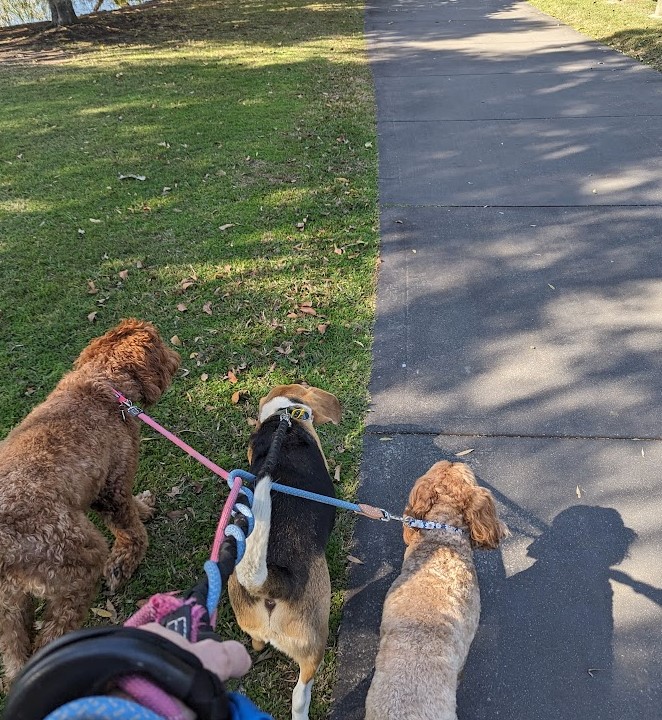
Based on these observations and feedback:
- Vary the Routine: Mel suggests alternating between fast and slow walks to cater to different needs. This variety can keep things fresh and engaging for your dog.
- Consult Professionals: If you’re unsure about your dog’s preferences or their behavior during walks, professionals like Mel can provide insights, often seeing patterns or nuances that might escape an untrained eye.
- Adjust Based on Age and Health: As dogs age or face health challenges, their walking needs can change. Being flexible and open to modifying routines can make sure their well-being.
Conclusion
Dog walking is more than just a routine; it’s an intimate dance of understanding, bonding, and mutual enjoyment. As we’ve journeyed through the nuances of leash walking paces, from the leisurely strolls to the brisk trots, one thing becomes abundantly clear: the key lies in tuning into our canine companions’ unique needs and preferences.
Mel, with her vast experience dog walking on the Gold Coast, reminds us that every dog has its rhythm, its own natural pace, and its desires. Whether it’s the spry energy of a young pup eager for faster adventures or the gentle saunter of an older dog soaking in the world, each dog walk tells a story. It’s our responsibility, as loving dog owners, to listen to that story and adapt accordingly.
Remember, it’s not about how fast or slow you go but about the journey you embark on together. In understanding the significance of walking speed, recognizing the benefits of both fast and slow walks, and being attuned to our dog’s individual needs, we forge a deeper bond and create lasting memories.
As you continue your walking adventures, be it on the sunny beaches of the Gold Coast or the bustling city sidewalks, carry with you the insights shared and cherish every moment. After all, in the company of our four-legged friends, every walk becomes a shared exploration, a mutual discovery, and a celebration of the bond we share.
